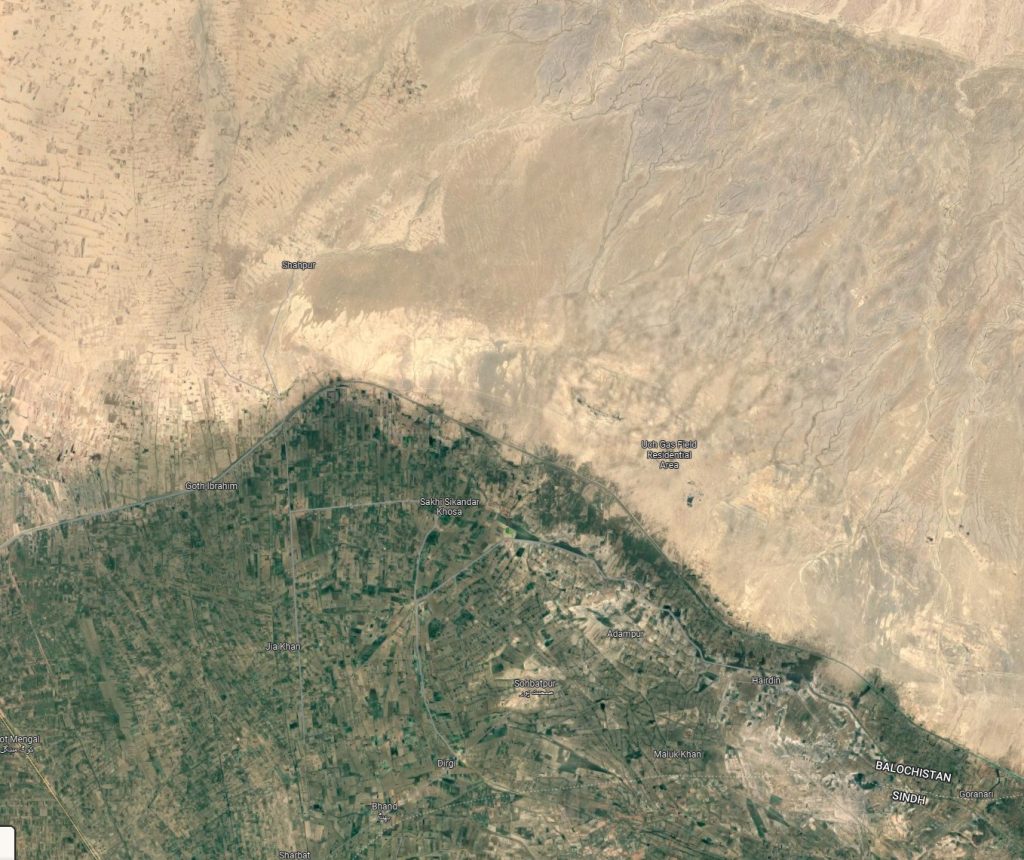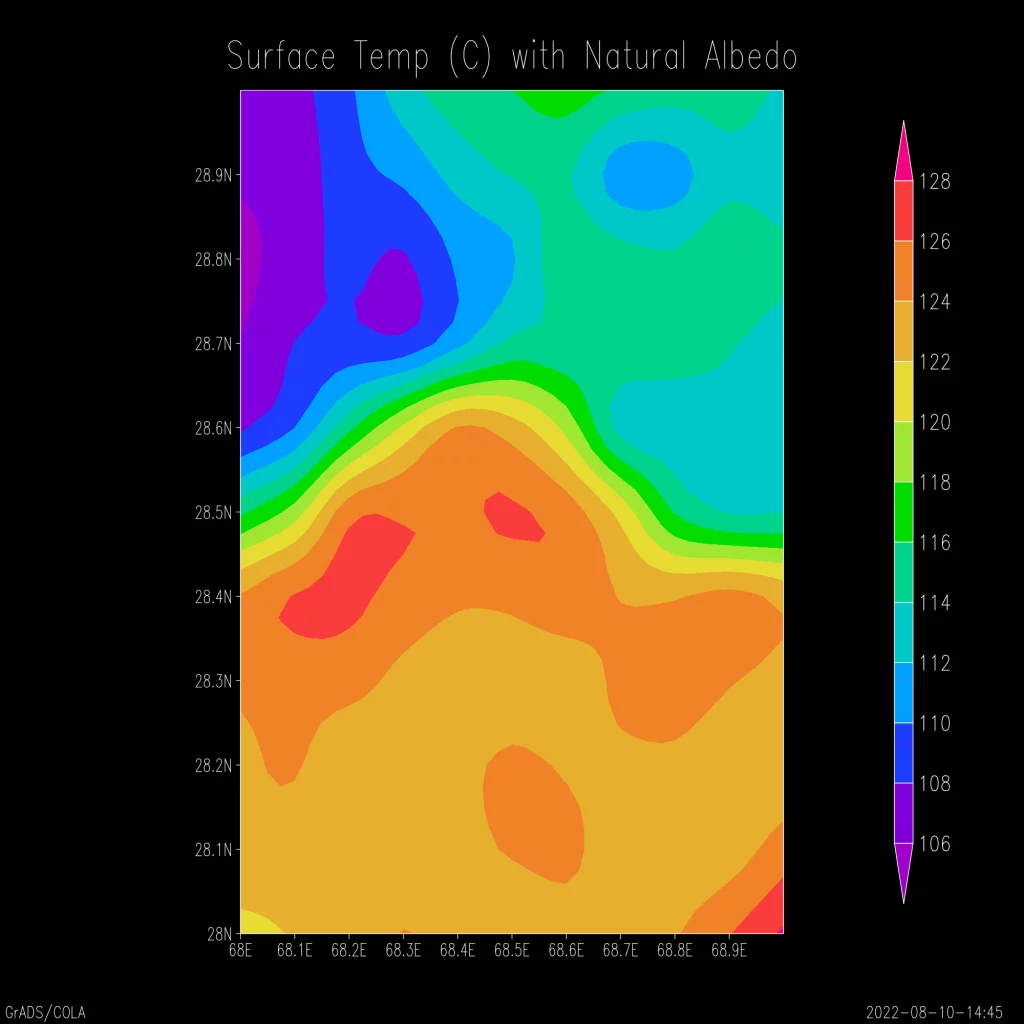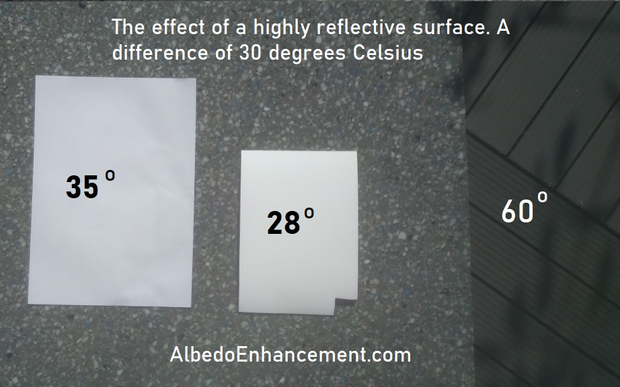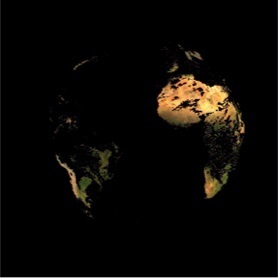We will need to deal with the heat of summer, we will need to find more room to generate solar energy. The solution is not complicated : We need to cover our streets. Dense cities are excelllent places where we can create close to domed environments. We van eventually, when we are only using EVs or banned internal combustion cars (including hydrogen) from our cities, even condition our ‘outside’ air. The ease to do this will become an attaction of cities.
We are facing a prospect of rising CO2, loss of O2 and increase of gasses like methane and H2S in our atmosphere. The loss of O2 will be caused by the death of our oceans due to acidification and rising temperatures, as well as the forest and brush fires we are now witnessing. We need climate resilient technology to capture back the CO2, but the changes will take place so fast we will also need to build places where we can live in a stabile and safe manner.
To keep it real, if you live in a street with a span of about 30 to 50 meters, you could cover it with metal or other beams and put solar panels (and solar thermal panels) on top of them. Still leaving in enough sunlight (using a dynamic system) you could create a light pleasant environment on the ground, conducive to plants living and animals thriving. At the same time solar light could be reflected back into space, the best thing to do. The solar energy captured at height could be used to cool the air (solar airconditioning) and charge EVs and homa batteries. Maybe even reduce CO2, as our brains are not really adapted for this level of CO2 in our air.
In cities in southern Europe, more and more cities are covering streets to reduce the sun beating down on pedestrians. The big advantages of them is that the heat stays close to the shades, and the cooler air can stay near the ground. This means that in narrow streets airconditioning can actually work.
We did some experiments this summer because of the concept of “radiative cooling” this is an ancient way of cooling against space. The idea is simple : Without our atmosphere and the Sun our planet would be a frozen ice ball. This is because space is very cold, and heat radiates from hot bodies (as you can see in infrared images). Our planet witout atmosphere or sunlight would very rapidly radiate away all its heat cooling down. In day to day life that means that if you are in a shaded place and you can see a blue sky, your heat has the chance to radiate into space, and because you are in the shade no heat from the sun is added. You will be cooling down.
As you see above scientists have looked into this mechanism. You can experience it yourself if you feel the roof of your car as it was parked in the shade on a really warm sunny day. The roof will feel colder than the air.
The nice advantage is that the type of radiation a hot object generates passes more easy through our atmosphere than the heat of the Sun. Real cooling effects can be achieved, so much that one could in create ice in the desert. Of couse as our atmsphere is getting more humid the clear sky deserts cool less.
What the above makes clear is that we can have double advantage of covered streets if we can uncover them at night. We can also cool without cost if we create more shade, and actually cool our planet if we reflect more sunlight back into space. A sunny city could do best with a highly reflective flexible cover for the time being.
We will also have to contemplate the advantage of cooled farms. Soon the peak weather will destroy crops, dry them out and cook them. Trees and plants have a limited capacity to pull water out of the ground to cool themselves, once that limit is reached or the root system is not able to cope, the tree dries out and dies. Plants only need about 12% of the sunlight they get on a normal day. Farmers should work on the cheapest way to cover the largest area with sun reflecting shielding. This will reduce evaporation and humidity in hot areas.
We hope to see the first autonomous domed city to be developed in some desert soon, because this will be a stabile environment to work from. Our unprotected outside existence is sensitive to all kinds of calamities. We will not be able to count on environmental stability for long anymore.






